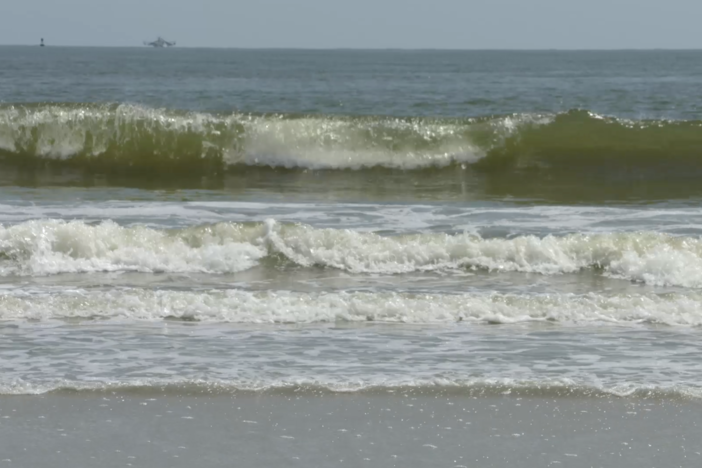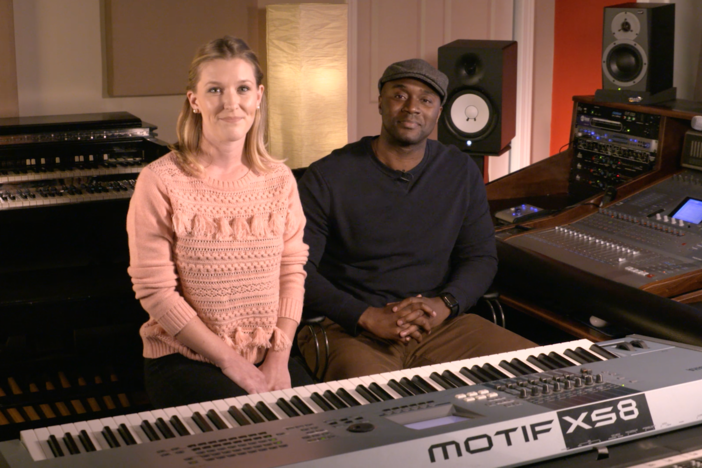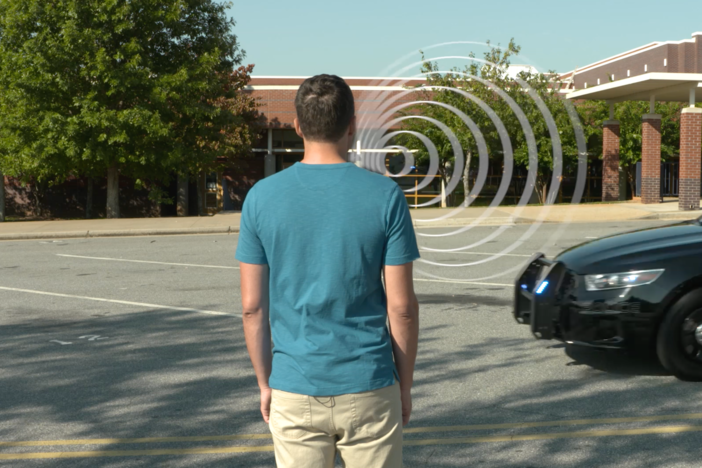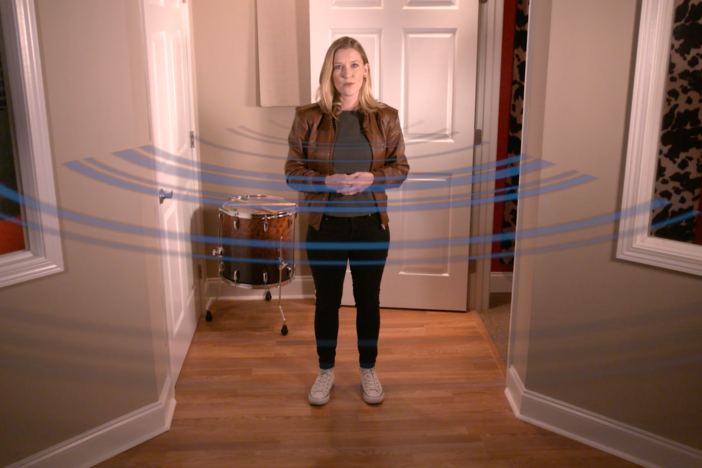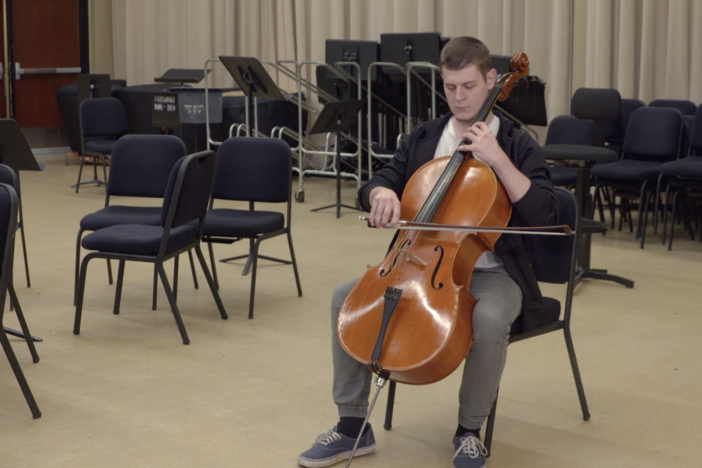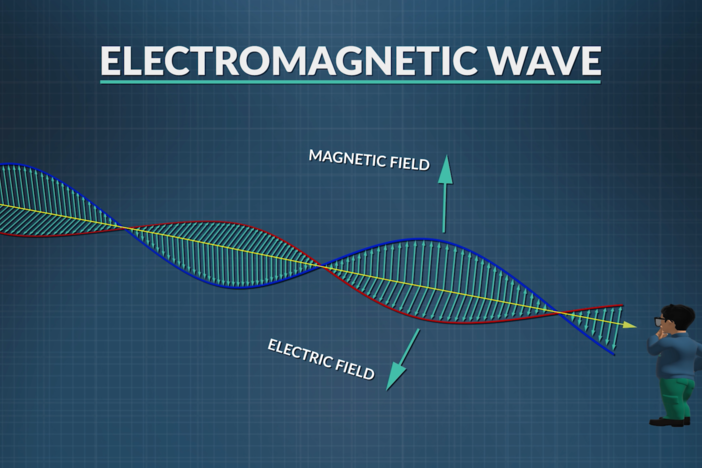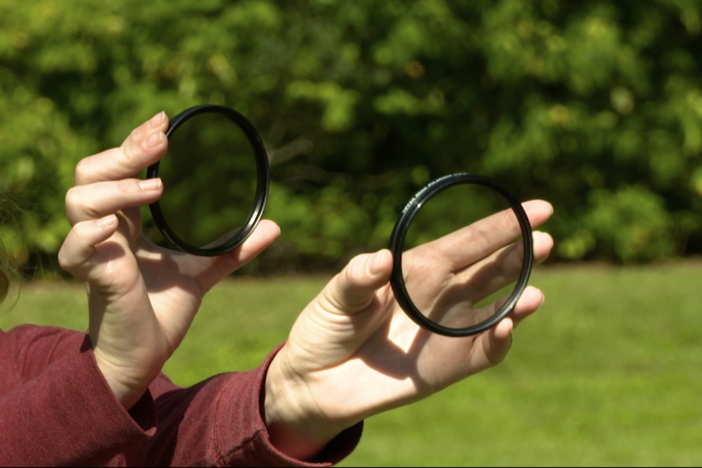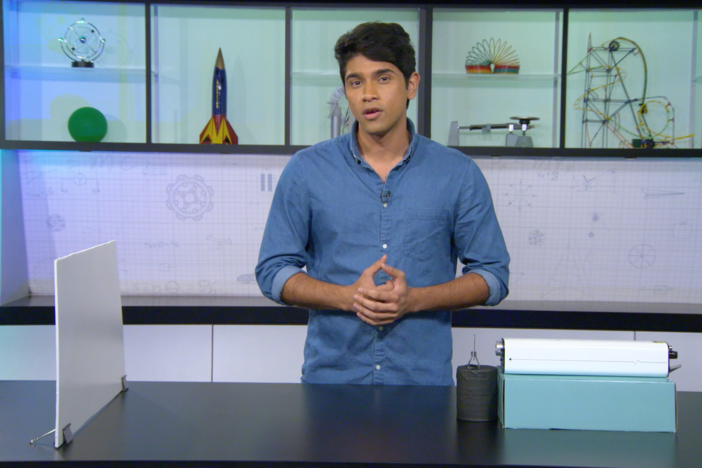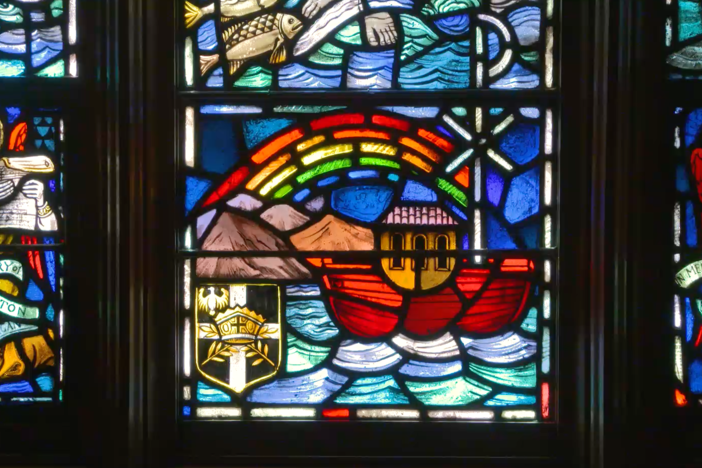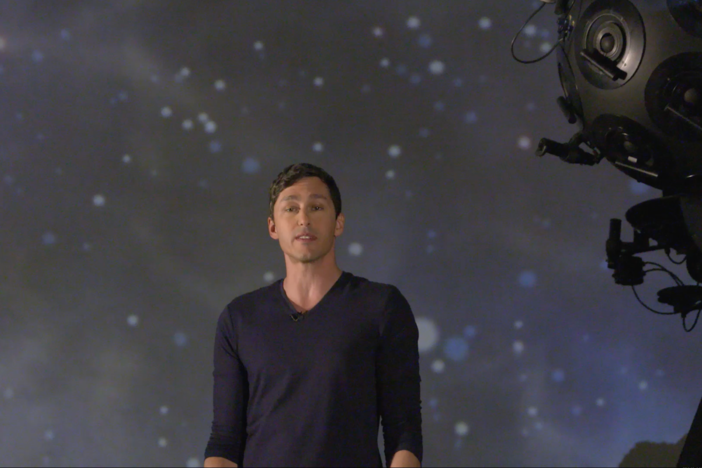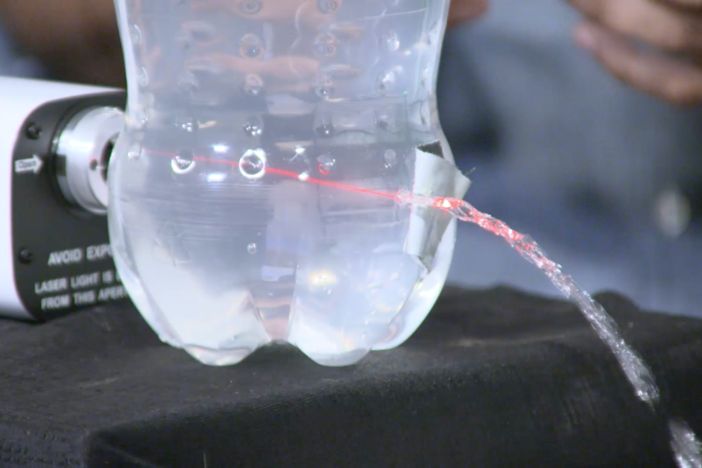Segment F: Electromagnetic Wave Properties
We explore electromagnetic wave properties and the electromagnetic spectrum. The wave nature and particle nature of light are compared. We also examine how the wave velocity equation is applied to light.
Segment F: Electromagnetic Wave Properties
We explore electromagnetic wave properties and the electromagnetic spectrum. The wave nature and particle nature of light are compared. We also examine how the wave velocity equation is applied to light.
Science
Obtain, evaluate, and communicate information about the properties and applications of waves.
Develop and use mathematical models to explain mechanical and electromagnetic waves as a propagating disturbance that transfers energy.
Plan and carry out investigations to characterize the properties and behavior of electromagnetic waves.
Obtain, evaluate, and communicate information to explain the properties of waves.
Analyze and interpret data to identify the relationships among wavelength, frequency, and energy in electromagnetic waves and amplitude and energy in mechanical waves.
Ask questions to compare and contrast the characteristics of electromagnetic and mechanical waves.
Develop models based on experimental evidence that illustrate the phenomena of reflection, refraction, interference, and diffraction.
Analyze and interpret data to explain how different media affect the speed of sound and light waves.
Obtain, evaluate, and communicate information to support the claim that electromagnetic (light) waves behave differently than mechanical (sound) waves.
Ask questions to develop explanations about the similarities and differences between electromagnetic and mechanical waves.
Construct an explanation using data to illustrate the relationship between the electromagnetic spectrum and energy.
Design a device to illustrate practical applications of the electromagnetic spectrum (e.g., communication, medical, military).
Develop and use a model to compare and contrast how light and sound waves are reflected, refracted, absorbed, diffracted or transmitted through various materials.
Analyze and interpret data to predict patterns in the relationship between density of media and wave behavior (i.e., speed).
Develop and use a model (e.g., simulations, graphs, illustrations) to predict and describe the relationships between wave properties (e.g., frequency, amplitude, and wavelength) and energy.
-Explore the electromagnetic spectrum.
-Be able to identify radiation at different frequencies and list ways they are useful in our everyday life.
-Calculate using the wave velocity equation as it applies to the speed of light where the speed of light equals the frequency multiplied by the wavelength of a wave.
-Describe the photoelectric effect and why it explains the particle nature of light.
-Explore the nature of the wave-particle duality of light.
amplitude - the height of a transverse wave measured from the equilibrium position to the top of a crest or the bottom of a trough.
crest - the highest point on a transverse wave.
electromagnetic spectrum - the range of wavelengths or frequencies over which electromagnetic radiation extends, includes radio, microwave, infrared, visible, ultraviolet, x-ray, and gamma radiation.
far infrared - infrared waves that are far from visual light.
frequency (f) - the number of wavelengths that pass by a given point every second; SI unit is the Hertz (Hz).
gamma radiation - a part of the electromagnetic spectrum with wavelengths less than 1pm; used in cancer treatment and also given off by supernova and the sun.
infrared radiation - a part of the electromagnetic spectrum with wavelengths from 1μm - 1mm in length; we experience these waves as heat, some are used in remote controls.
microwave radiation - a part of the electromagnetic spectrum with wavelengths from 1mm-1m in length; used with communication satellites, microwave ovens, and cell phones.
near infrared -infrared waves that are closer to visual light.
period (T) - the length of time it takes for a wavelength to pass by a given point in space measured in seconds; SI unit is seconds (s).
photoelectric effect - the emission of electrons when light shines on a material.
picometer - one trillionth of a meter, 10-12.
radio radiation - a part of the electromagnetic spectrum with wavelengths from 1cm -1km in length; uses include being used to transmit AM, FM, and television signals.
trough - the lowest point on a transverse wave.
ultraviolet radiation - a part of the electromagnetic spectrum with wavelengths from 10nm-400nm in length; emitted by the sun and can penetrate living cells.
visible light radiation - a part of the electromagnetic spectrum with wavelengths from 400nm - 700nm in length; the part of the electromagnetic spectrum we can see with our eyes.
wavelength (λ) - the length on a transverse wave that includes one full crest and one full trough; SI unit is the meter (m).
wave-particle duality - the idea that light behaves like a particle and like a wave.
X-ray radiation - a part of the electromagnetic spectrum with wavelengths from 0.01nm - 10 nm in length; can penetrate skin and muscle but, are blocked by bone allowing for the formation of x-ray images.
The Physics in Motion teacher toolkit provides instructions and answer keys for study questions, practice problems, labs for all seven units of study. GPB offers the teacher toolkit at no cost to Georgia educators.To order your teacher toolkit, complete and submit this form to request the teacher toolkit. You only need to submit this form one time to get materials for all seven units.
